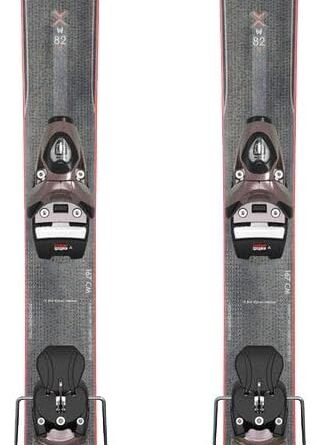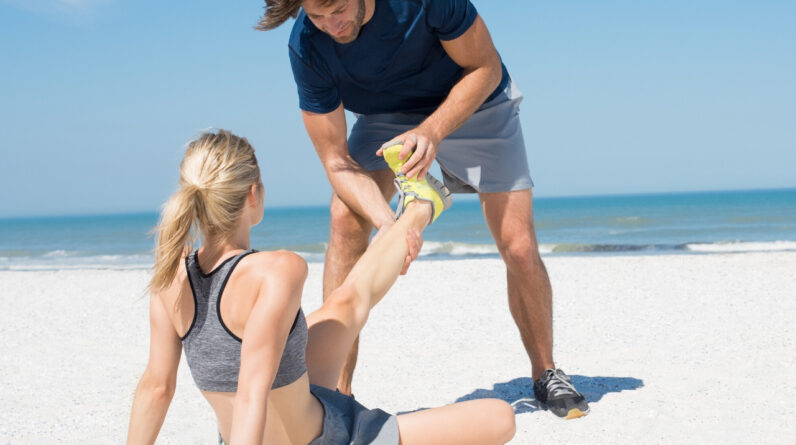
Imagine gliding through the water, the sun warming your skin as you conquer each wave. Water sports provide an exhilarating experience, but occasionally muscle cramps can threaten to dampen the fun. To ensure your time in the water is free from discomfort, it’s essential to understand how to prevent and manage muscle cramps. By equipping yourself with simple strategies and effective treatments, you can make the most of your aquatic adventures without the fear of cramps disrupting your enjoyment.
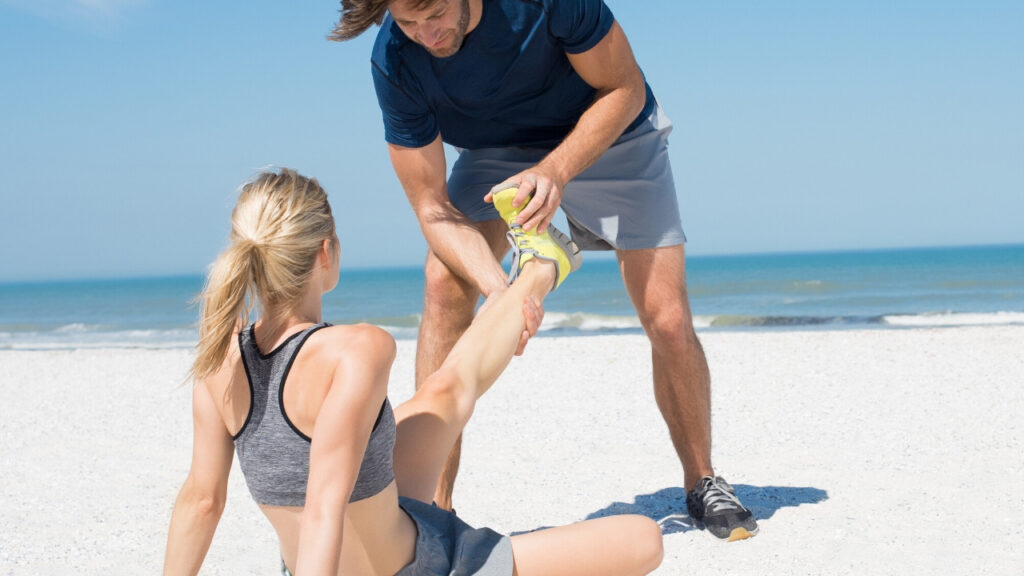
This image is property of danboater.org.
1. Understanding Muscle Cramps
Muscle cramps are involuntary contractions of muscles that can cause pain and discomfort. They can occur in any muscle of the body, but they are particularly common during water sports activities. Muscle cramps can range in intensity from mild to severe, and they can last for a few seconds to several minutes. Understanding the causes of muscle cramps in water sports is crucial for preventing and managing them effectively.
2. Causes of Muscle Cramps in Water Sports
There are several common causes of muscle cramps in water sports. It’s important to be aware of these factors to minimize the risk of experiencing them while engaging in your favorite water activities.
2.1 Dehydration
Dehydration occurs when your body loses more fluids than it takes in. This can happen due to excessive sweating during water sports, especially in hot weather conditions. When you are dehydrated, your muscles are more prone to cramping because they are not receiving enough fluids and electrolytes to function optimally.
2.2 Electrolyte Imbalance
Electrolytes, such as potassium, sodium, calcium, and magnesium, play a vital role in muscle contraction and relaxation. During water sports, you may lose electrolytes through sweat, leading to an imbalance. When the electrolyte balance is disrupted, it can trigger muscle cramps.
2.3 Fatigue
Engaging in intense water sports activities for prolonged periods can lead to muscle fatigue. When your muscles become tired, they are more susceptible to cramping. Fatigue can be caused by inadequate rest, overexertion, or lack of conditioning.
2.4 Poor Conditioning
Muscle cramps are more likely to occur if your muscles are not properly conditioned for the specific demands of water sports. If your muscles are weak or lack flexibility, they are more prone to cramping. It’s essential to engage in regular strength and flexibility training to prevent muscle imbalances and cramps.
3. Importance of Proper Hydration
Proper hydration is crucial for preventing muscle cramps during water sports. Staying hydrated helps maintain the electrolyte balance in your body and keeps your muscles functioning optimally.
3.1 Dehydration and Cramp Risk
Dehydration increases the risk of muscle cramps in water sports. When you are dehydrated, your body’s ability to maintain muscle function and prevent cramps is compromised. It’s important to drink plenty of water before, during, and after your water sports activities to ensure proper hydration.
3.2 Hydration Guidelines for Water Sports
To stay properly hydrated during water sports, it’s recommended to drink water or sports drinks regularly, even if you don’t feel thirsty. Aim to drink at least 8 ounces of fluid every 20 minutes while engaging in water activities. Additionally, consider the duration and intensity of your activity to adjust your hydration needs accordingly. Always carry a water bottle with you and make hydration a priority.
4. Appropriate Warm-up Exercises
Proper warm-up exercises before engaging in water sports can help prepare your muscles for the activity and reduce the risk of muscle cramps.
4.1 Dynamic Joint Movements
Performing dynamic joint movements, such as arm swings, leg swings, and torso twists, can help increase blood flow to the muscles and improve their flexibility. These movements should be done in a controlled and gradual manner to warm up the muscles effectively.
4.2 Stretching and Flexibility Exercises
Stretching exercises are essential for improving muscle flexibility and preventing cramps. Focus on stretching the major muscle groups used in your water sport of choice, such as the arms, legs, and core. Hold each stretch for 20-30 seconds and repeat them at least three times.
4.3 Gradual Intensity Increase
When starting your water sports activity, it’s important to gradually increase the intensity of your movements. Sudden, vigorous movements can place excessive strain on the muscles and increase the risk of cramps. Begin at a moderate intensity and gradually build up to more challenging movements as your muscles warm up and become more prepared for activity.
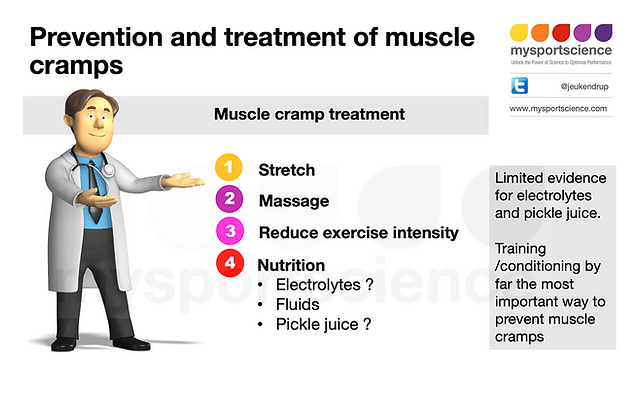
This image is property of static.wixstatic.com.
5. Effective Training and Conditioning
Proper training and conditioning are essential for preventing muscle cramps and improving overall performance in water sports.
5.1 Muscle Strength and Endurance Training
Engaging in regular strength and endurance training can help improve the strength and resilience of your muscles. Focus on exercises that target the specific muscles used in your water sport, such as swimming strokes or paddleboarding. Incorporate resistance training, such as weightlifting or resistance band exercises, to build muscle strength.
5.2 Cross-training for Balanced Muscle Development
Cross-training is an excellent way to prevent muscle imbalances and reduce the risk of cramps. Engage in activities that target different muscle groups than your primary water sport. For example, if you are a swimmer, consider incorporating running or cycling into your training routine.
5.3 Periodization and Rest Days
Proper periodization of your training plan is crucial for avoiding overuse injuries and muscle fatigue. Incorporate rest days into your training schedule to allow your muscles to recover and regenerate. Adequate rest is essential for muscle health and preventing the onset of cramps.
6. Importance of Proper Nutrition
Proper nutrition plays a significant role in preventing muscle cramps and promoting optimal muscle health.
6.1 Balanced Diet for Muscle Health
Maintaining a balanced diet that includes a variety of nutrient-rich foods is essential for muscle health. Include lean proteins, whole grains, fruits, and vegetables to provide your muscles with the necessary nutrients they need to function properly.
6.2 Electrolyte Replenishment
To maintain the proper balance of electrolytes, consider incorporating foods rich in potassium, sodium, calcium, and magnesium into your diet. Bananas, oranges, spinach, dairy products, and nuts are excellent sources of these essential electrolytes.
6.3 Pre- and Post-exercise Nutrition
Fueling your body with the right nutrients before and after your water sports activities can help prevent muscle cramps and enhance recovery. Consume a balanced meal or snack that includes carbohydrates for energy and proteins for muscle repair and recovery.

This image is property of global-uploads.webflow.com.
7. Stretching and Flexibility Routine
Implementing a regular stretching and flexibility routine specifically designed for water sports can significantly reduce the risk of muscle cramps.
7.1 Warm-up and Cool-down Stretches
Prior to starting your water activity, perform a series of warm-up stretches to prepare your muscles for the movement ahead. Focus on stretching the major muscle groups involved in your sport, such as the shoulders and legs. After completing your water sport, engage in cool-down stretches to relax and lengthen your muscles, promoting recovery and reducing the likelihood of cramps.
7.2 Specific Stretching Techniques
Consider using specific stretching techniques that are beneficial for water sports, such as yoga or Pilates. These exercises focus on improving flexibility, core strength, and balance, which all contribute to preventing muscle cramps and enhancing performance in the water. Incorporate these techniques into your regular routine to experience maximum benefits.
8. Using Proper Equipment
Using the right equipment can help prevent muscle cramps and ensure your safety during water sports activities.
8.1 Correctly Fitting Gear
Wearing gear that fits properly is essential for maintaining good posture and muscle alignment during water sports. Ill-fitting gear can lead to muscle imbalances and increase the risk of cramps. Invest in high-quality equipment that is specifically designed for your water sport of choice and get professionally fitted if necessary.
8.2 Protective Equipment
Consider using protective equipment, such as wetsuits, helmets, or body armor, depending on the nature of your water sport. Protective gear can help reduce the risk of injuries that may lead to muscle cramping. Prioritize your safety by following appropriate safety guidelines and wearing the necessary equipment.
8.3 Appropriate Footwear
Selecting the right footwear for water sports is important to provide adequate support and stability for your feet and lower body. Choose shoes that are specifically designed for your activity and ensure they fit well. Poorly fitting or inappropriate footwear can contribute to muscle cramps and discomfort.
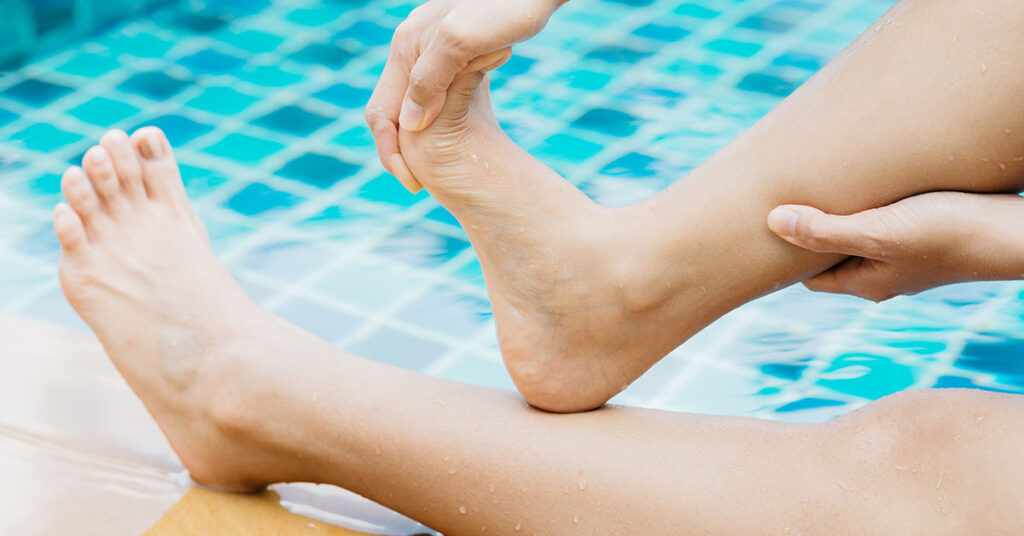
This image is property of www.summersolutionsswim.com.
9. Challenging Muscle Cramps During an Activity
Despite taking preventative measures, muscle cramps may still occur during water sports. Knowing how to recognize the early signs and taking immediate action can help alleviate cramps and prevent further complications.
9.1 Recognizing the Early Signs
Cramping often starts with a mild twitch or tightening sensation in the affected muscle. Pay attention to these early signs and take appropriate action to prevent the cramp from worsening.
9.2 Immediate Actions to Relieve Cramps
If you experience a muscle cramp during water sports, the first step is to stop and rest. Gently stretch and massage the affected muscle to help alleviate the cramp. Applying heat or cold packs to the area may also provide relief. Stay hydrated and consider consuming a sports drink or electrolyte-rich fluids to replenish any lost electrolytes.
9.3 Stretching Techniques on the Spot
Learn specific stretching techniques that can be done on the spot to relieve muscle cramps. Simple stretches such as a standing quad stretch or calf stretch can be helpful in releasing tight muscles and reducing cramping. Practice these stretches during your training sessions, so you are familiar with them and can implement them quickly if needed.
10. Seeking Professional Guidance
If you frequently experience muscle cramps during water sports despite implementing preventive measures, seeking professional guidance can be beneficial in managing and addressing the issue.
10.1 Consulting with Sports Medicine Specialists
Sports medicine specialists can provide valuable insights and recommendations specific to your water sport and individual needs. They can assess your muscle strength and flexibility and suggest specialized exercises or treatments to prevent and manage cramps effectively.
10.2 Physical Therapy for Rehabilitation
In cases where muscle cramps are severe or recurring, physical therapy may be prescribed to address underlying muscle imbalances or weaknesses. A physical therapist can design a tailored rehabilitation program to improve muscle function, flexibility, and strength, which can help prevent future cramping episodes.
By understanding the causes of muscle cramps and following the preventive measures outlined in this article, you can enjoy your water sports activities with reduced risks of experiencing muscle cramps. Remember to stay hydrated, warm up properly, train effectively, maintain a balanced diet, incorporate stretching routines, use appropriate equipment, and seek professional guidance when necessary. Stay safe and have fun in the water!
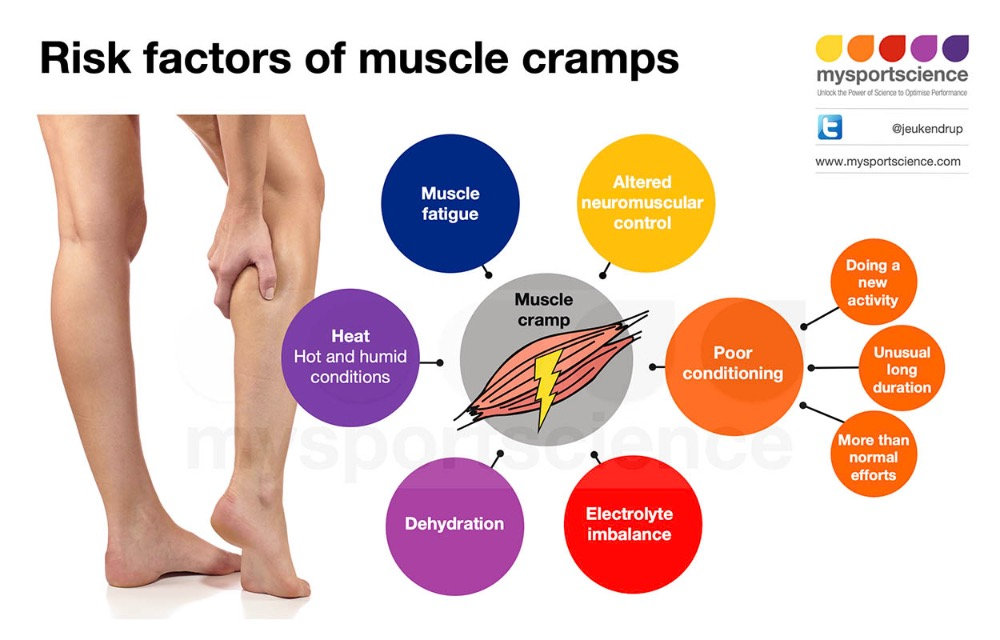
This image is property of static.wixstatic.com.






